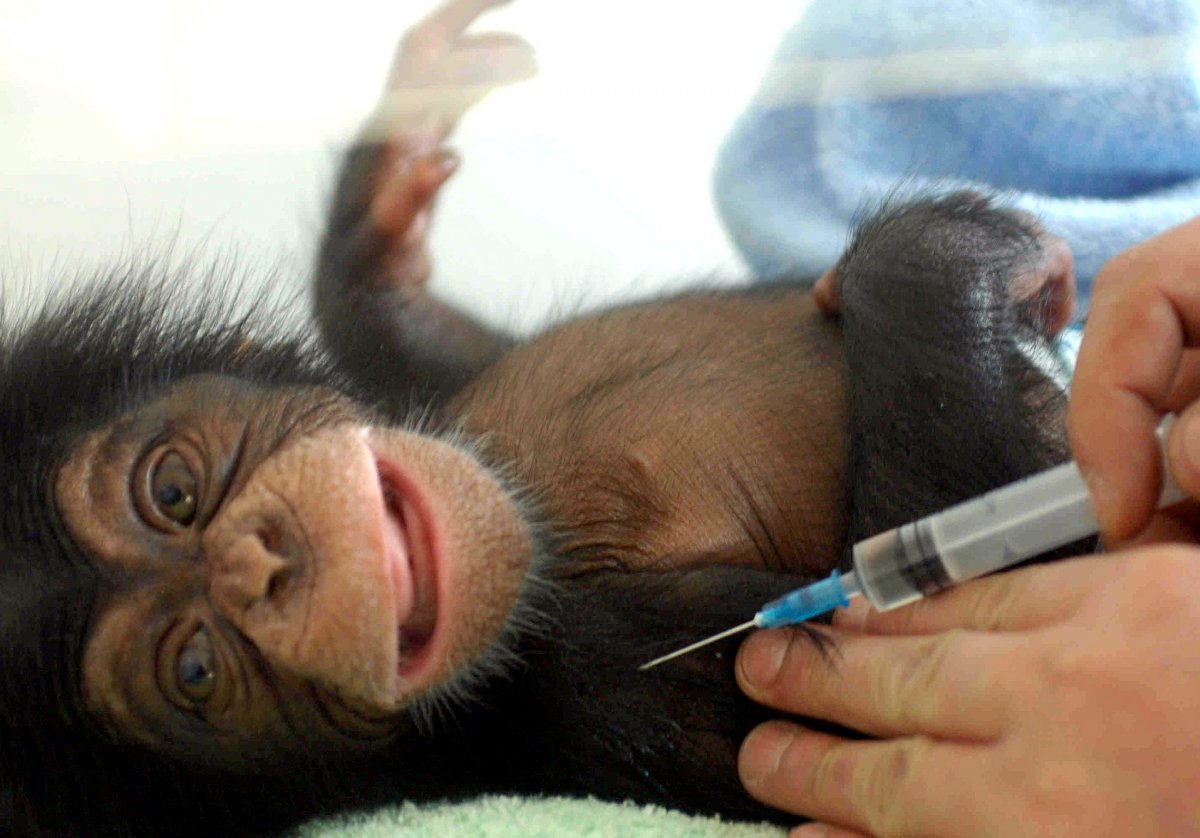The road to creating an effective vaccine is no small feat. It takes years of research, trials, and funding before a vaccine can hit the pharmaceutical market and for many, this could be too little too late. Before a vaccination ever reaches clinical testing, they must first go through the exploratory stage and the pre-clinical stage. The exploratory stage researched potential antigens either natural or synthetic that might help prevent or stop a disease. Pre-clinical vaccination testing includes animal testing and cell and tissue-culture systems to test the vaccine immunogenicity. This process can identify cellular responses expected in humans.

Less than 100 adult subjects are given the vaccine along with other individuals. Stage I investigates the safety of the intended vaccine and helps determine the type and extent of immune response that the vaccine provokes. Stage II development vaccinates nearly 300 patients. The stage researches the vaccine’s safety, immunogenicity, possible dosages, schedule of immunizations, and the best method of delivery. In Stage III vaccinations are tested among tens of thousands of individuals. The vaccine is very specifically tested against a placebo for effectiveness and its purpose is to test vaccine safety in large groups of people.
What’s interesting is how these preliminary stages are executed in the time of mass outbreaks. In the movie Contagion, we saw how quickly diseases can spread and how detrimental their effects can be without a viable vaccination. The Coalition for Epidemic Preparedness Innovations, or CEPI, was created as a result of an emerging global agreement that a coordinated, international, and intergovernmental effort was needed to develop and deploy new vaccines to prevent future epidemics. CEPI is prepared to work with other organizations in the global community to combat priority pathogens, including the hypothetical diseases, by supporting early activities vaccination development, even when specific vaccines are not yet available.

Vaccine approaches that have been successful against other viruses – killed or weakened versions of a virus – have not proved suitable in the case of HIV, because of the risk that the viral material used in the vaccine will infect human cells and eventually lead to virus replication in the patient. An HIV vaccine may need to promote effective responses to HIV by three different mechanisms of the immune system including antibody response, cellular immune responses, and through specific innate immune responses. Antibody responses will increase the production of broadly neutralizing antibodies that recognize parts of HIV that don’t mutate. Cellular immune responses, consisting of CD4 T-lymphocytes, will recognize HIV and stimulate other T-cells, such as CD8 cells, to destroy virus-infected cells. Finally, through innate immune responses, such as natural killer cells, which can be aroused by some types of antibodies stimulated by an HIV vaccine which can destroy HIV-infected cells.

HIV vaccinations have gained quite a bit of research from animal studies, from unifected individuals exposed to the virus, and clinical trials of experimental HIV vaccinations. The first large trial was conducted in 2003 known as AIDSVAX. It was designed to stimulate the production of antibodies against a region of a specific HIV surface protein. The vaccine deemed no more effective than a placebo and was canceled. One of the more prominent vaccination candidates is the HIV vaccine, HVTN 706, also known as Mosaico. The trial will assess whether the vaccine, which was designed to induce immune responses against a variety of global HIV strains, can safely and effectively prevent HIV among men who have sex with men and transgender people. A similar study is being conducted for the vaccination HVTN 705 which targets women. The phase III is working to evaluate HVTN 706 based on mosaic immunogens, or vaccine components comprising elements from multiple HIV subtypes, that aim to induce immune responses against HIV. The idea is to overcome HIV’s ability to rapidly escape, through mutation, with protection offered by a vaccine containing a single strain. If this vaccine were to work it could effectively save millions of people from receiving this fatal virus.
